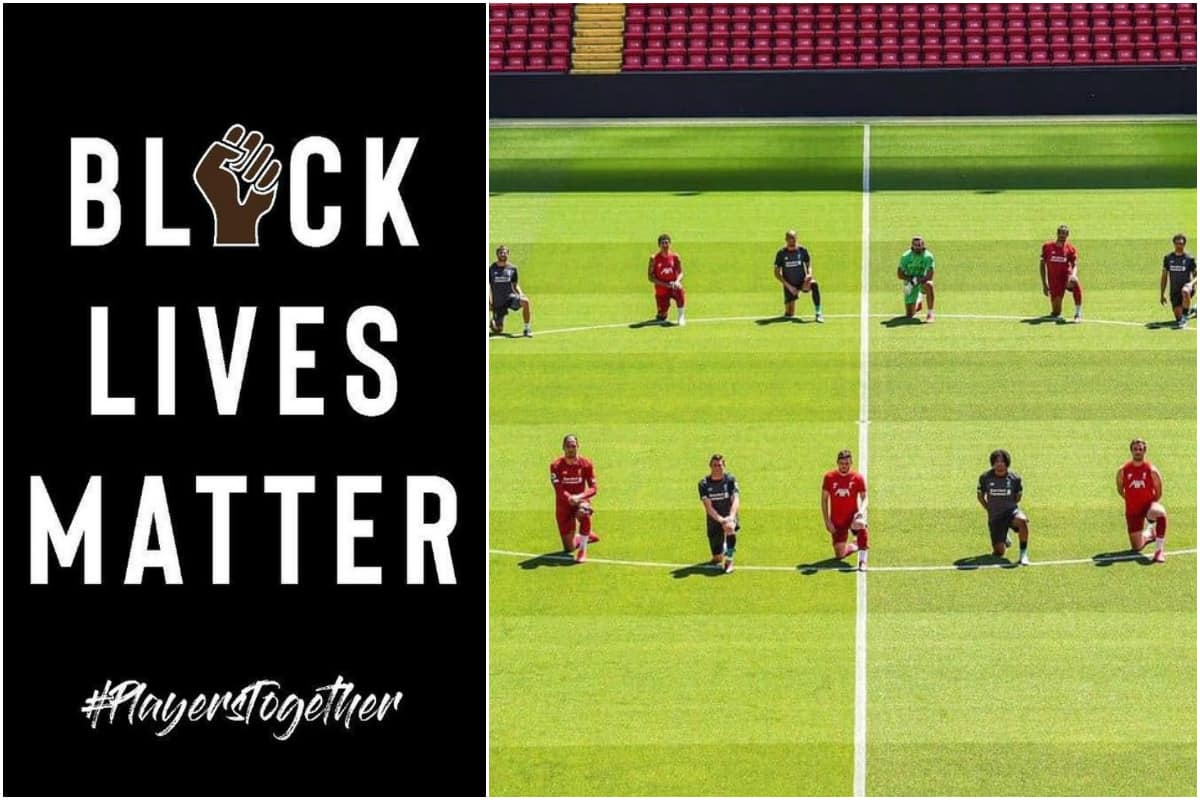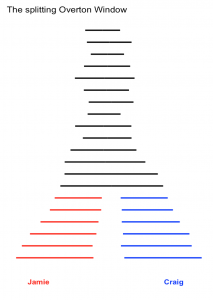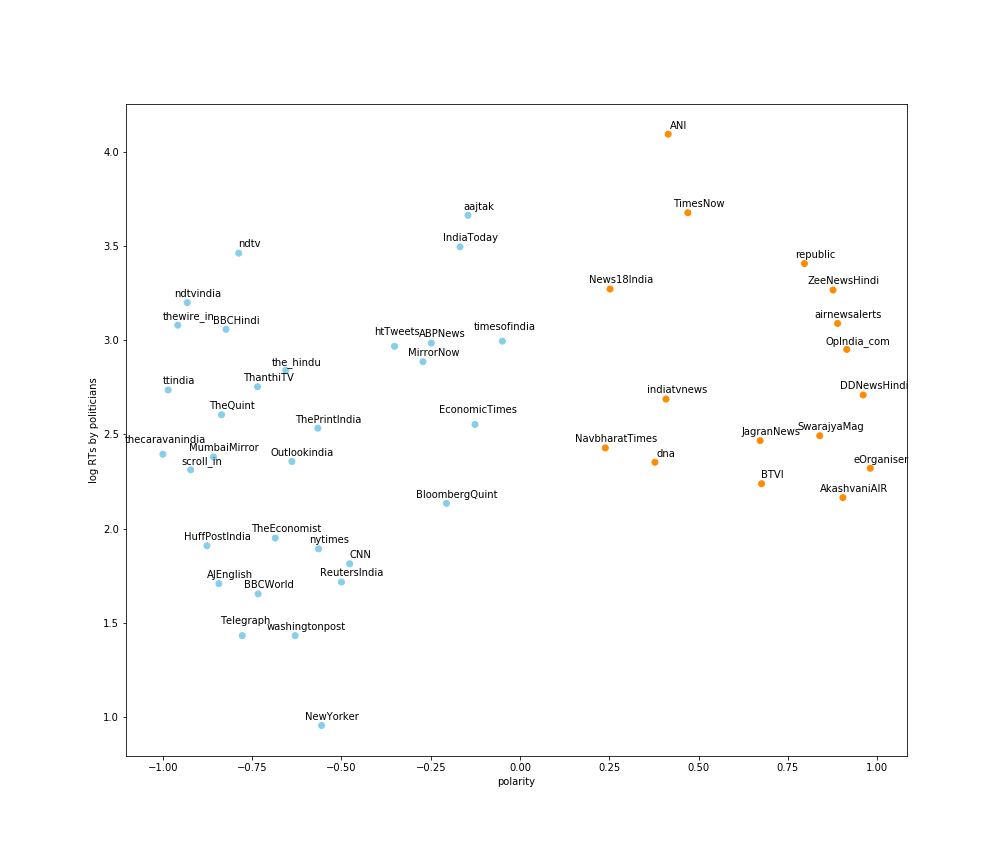When Colin Kaepernick knelt down during the national anthem, it was cool, and a strong sign of protest against racial violence in the United States. When other athletes, in the US and elsewhere decided to copy him (and did so on their own volition), it was cool as well.
What I find not so convincing is that after the Floyd murder earlier this year, sports organisations across the world decided to institutionalise the kneel down. When the English Premier League restarted after the covid-19 induced break, it was decided that all players and referees would kneel for a minute at kickoff.
Now it seems like it has been decided that the gesture will continue for the 2020-21 season as well – players and officials will take a knee for a minute at the beginning of each game. Of course, it has also been decided to make it “non-mandatory” – players who choose not to not join the protest will be free not to kneel.

The problem with the institutionalisation of the protest is that the protest loses its information content. Prior to the institutionalisation in June, if a player knelt, he/she was making a statement that he/she believed that “black lives matter”. Now that kneeling has become standard practice, there is no way for a player to convey this information.
Alternatively, it is possible now for a player to send out the opposite information (that he/she doesn’t believe in this protest) by refusing to join the protest. However, given the PR repercussions of such a move, it is unlikely that any player is going to take that stance (no pun intended).
Actually – by institutionalising the kneel, the protest level is getting changed, from individual players to leagues. I can see why the protest is going to be continued – it will be a continuing statement by the sporting leagues that they believe in the cause. However, individual players will not have the opportunity to show their protest (or dissent) any more.
I also wonder if and when this protocol is reversed, since it takes effort for some team or league to “bell the cat”. Even saying that “this is mere symbolism” is bound to attract wrath of protestors elsewhere, so teams are all caught in a Nash equilibrium where they continue to kneel down in protest.
And the longer this kneeling down protest continues, the more the meaning that it will lose. Rather than serving to make a statement, it will end up as yet another ritual.



